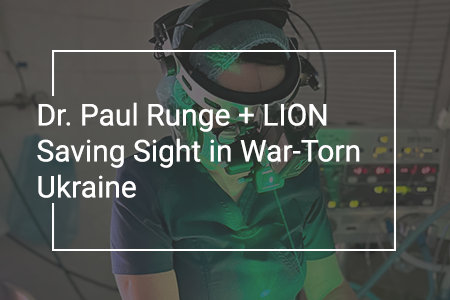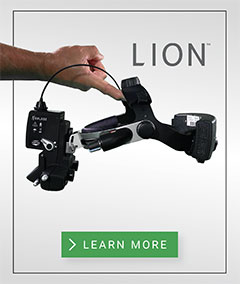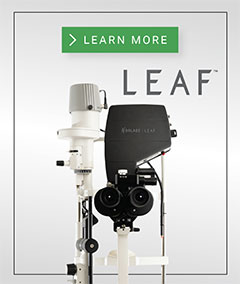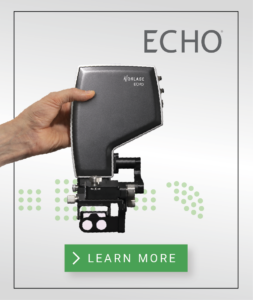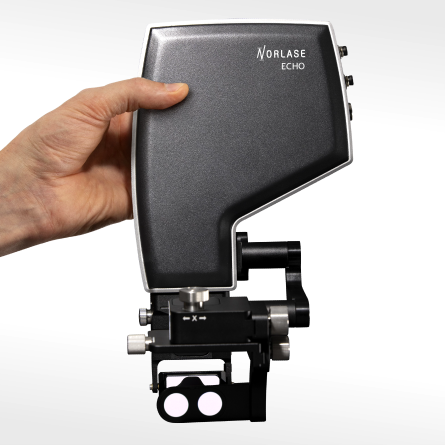In times of conflict and turmoil, ordinary people rise to meet life’s greatest challenges. Dr. Paul Runge, an ophthalmologist based in Tampa, Florida, has dedicated his knowledge and skills to helping people in war-torn Ukraine. Amidst the chaos and devastation, Dr. Runge is performing sight-saving surgery for those affected by the conflict – including premature infants at risk of blindness from a disease called Retinopathy of Prematurity (ROP).
As the war in Ukraine unfolded, Dr. Runge recognized that access to ophthalmic care would be crucial for civilians enduring the conflict. Ballistic, incendiary and chemical strikes on civilian centers have left many people, including newborns, in desperate need of medical intervention as infrastructure and medical personnel and supplies have been impacted. In response, Dr. Runge has traveled to Ukraine multiple times to deliver medical supplies and assist with surgery on patients in need.
Origins of the Conflict
The origins of the 2022 Russian invasion of Ukraine can be traced back to a complex web of political, historical, and territorial disputes. Tensions between Russia and Ukraine had been simmering for years, with Russia harboring concerns over the political and cultural orientation of its neighboring country and Ukraine striving for closer ties with the West.
The situation escalated in 2022 when Russia launched a full-scale invasion of Ukraine. The invasion has triggered a devastating conflict, resulting in loss of life, displacement of civilians, and significant geopolitical consequences.
Answering the Call
Seeing the war play out and innocent people in need, Dr. Runge left the comfort of retirement to serve the people of Ukraine by lending his skill as a retinal surgeon. Over multiple trips, Dr. Runge treated people with various retinal diseases. He has focused primarily on infants with ROP because timely intervention is key to preventing catastrophic vision loss. Against a backdrop of air raid sirens, explosions, and extended power outages, Dr. Runge has also helped local ophthalmologists provide uninterrupted ophthalmic care to Ukrainian citizens.
Dr. Runge’s work has been largely enabled by the Norlase LION Laser Indirect Ophthalmoscope, a highly portable ophthalmic laser device called a Laser Indirect Ophthalmoscope (LIO), which can be transported easily for use in any setting. According to Dr. Runge, “LION’s portability is a great benefit. I can fit the entire LION system in the airplane’s overhead compartment and easily take it on the train. I can’t do that with any other LIO technology.”
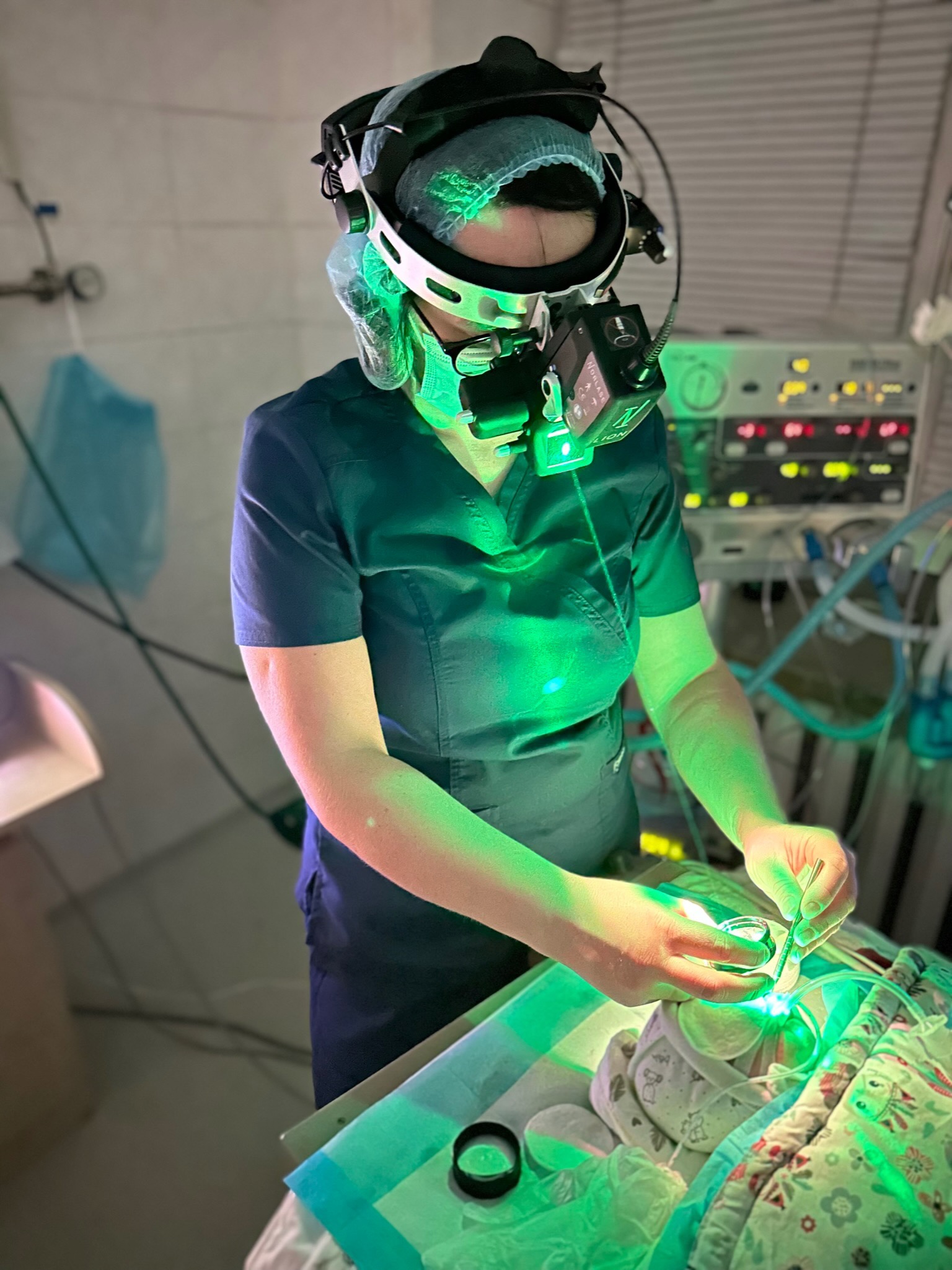 Treatment for Retinopathy of Prematurity (ROP) with a laser indirect ophthalmoscope (Norlase LION).
Treatment for Retinopathy of Prematurity (ROP) with a laser indirect ophthalmoscope (Norlase LION).
Another key benefit is that LION is battery powered, remaining fully operable in the event of power outages, a frequent occurrence in many regions throughout Ukraine. Dr. Runge also notes that LION has a much clearer view of the retina compared to other LIOs: “The view is phenomenal. You can see so much better what you’re treating in the retina. This means treatment moves at a faster pace and the baby doesn’t have to be under anesthesia as long,” said Dr. Runge. “LION is better for both the baby and the doctor.”
Dr. Runge stressed that when treating preemies, early intervention is key. Being able to follow babies who begin life in the NICU is important in understanding any trends or increase in pathologies. In addition to his trips to the Ukraine, Dr. Runge is also working on an app that allows doctors to enter and update patient data, with the goal of improving outcomes for babies, and creating an open source program that other pediatric ophthalmologists can use widely.
Unsurprisingly, Dr. Runge’s contributions extend beyond medical care. Recognizing the importance of education and capacity building, he has actively engaged Ukraine’s healthcare professionals and students. By holding lectures and introducing medical students to advanced technology like the Norlase LION, Dr. Runge is empowering current and future ophthalmologists, giving them the skills and knowledge needed to provide essential eye care services in difficult circumstances.
Dr. Paul Runge’s commitment to serving the people of Ukraine during the war has been nothing short of remarkable, and we look forward to reading more about the positive impact of his work in the region.
Support Dr. Runge in his Mission
As of August 2023, the war in Ukraine continues to rage on. Previously, Dr. Runge self-funded his trips to Ukraine, but is accepting donations and support in order to back future, more expansive missions. Beyond donating, you can support Dr. Runge by continuing to raise awareness of the war and its consequences. Please email contact@norlase.com if you’d like to support Dr. Runge’s mission and our team will be happy to help facilitate.
What is panretinal photocoagulation?
Panretinal photocoagulation (PRP) is a laser based treatment for retinal disease, especially proliferative diabetic retinopathy. Proliferative Diabetic Retinopathy (PDR) is the growth of abnormal blood vessels on the surface of the retina leading to vision loss. PRP is performed to stop the progression of the abnormal vessel growth and stabilize further loss of vision. During the procedure, the doctor will place a multitude of laser burns across a wide area of the peripheral retina. Sometimes the procedure is broken up into two or three treatment sessions depending on the extent of the disease and the patient tolerance for the procedure.
To perform PRP, ophthalmologists use a laser attached to a slit lamp or a Laser Indirect Ophthalmoscope (LIO). Green, yellow, or red laser light is used to burn retinal tissue and stimulate the body’s healing response, reduce the retina’s demand for oxygen, and prevent the formation or progression of abnormal blood vessels.
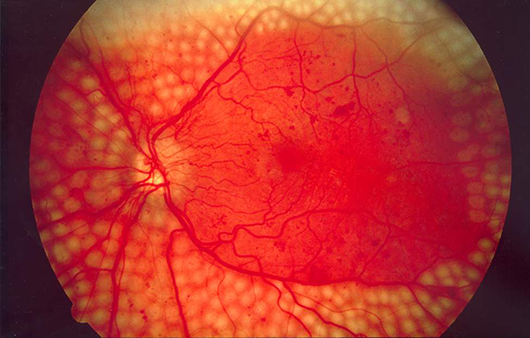 Fundus photo showing scatter laser surgery for diabetic retinopathy. EyeWiki, 17 December 2022, https://eyewiki.aao.org/Panretinal_Photocoagulation
Fundus photo showing scatter laser surgery for diabetic retinopathy. EyeWiki, 17 December 2022, https://eyewiki.aao.org/Panretinal_Photocoagulation
What eye conditions does PRP laser therapy treat?
PRP is primarily used to treat ischemic diseases of the retina including:
Diabetic Retinopathy
Diabetic retinopathy is the most common reason for a PRP procedure. Diabetic Retinopathy is characterized by two types: non-proliferative and proliferative. In non-proliferative diabetic retinopathy, the existing vascular structure of the retina may have microaneurysms that leak fluid and blood into the vitreous or have a swelling of the macula causing a loss of vision. In proliferative diabetic retinopathy, abnormal vessels begin to grow across the retina. This is called neovascularization. These vessels can bleed into the vitreous of the eye causing moderate to severe changes in vision.
Retinopathy of Prematurity (ROP)
Retinopathy of prematurity is a condition in premature infants where the growth of abnormal blood vessels dislocate the retina and can lead to permanent blindness. Similar to proliferative diabetic retinopathy treatment with a laser, PRP can help stop the progression of the vessels and limit the damage caused by ROP.
How does PRP laser work?
According to the American Academy of Ophthalmology’s (AAO) knowledge base, standard Diabetic Retinopathy Study (DRS) protocol for lasers specifies burns ranging approximately from 200μ to 500μ in size, delivered via pulse durations of 100 milliseconds at 200-250 mW of power. DRS recommends that physicians create cooler, gray burns and avoid dense, white burns. Other, specific protocols may include:
Protocols and Guidelines
Long-Duration Typical Treatment (Conventional)
The oldest and most conventional form of PRP, associated with the highest levels of patient discomfort. Burns are delivered individually and procedure durations are longer.
Short-Duration Treatment
Typically delivered via pattern scanning laser, multiple burns are placed at a time, reducing overall treatment time and increasing patient comfort.
Subthreshold Diode Micropulse
First used to treat diabetic macular edema (DME), subthreshold diode micropulse (SDM) uses a laser that is “pulsed” at an incredibly fast rate to treat ocular tissue without leaving visible burns. According to the AAO, SDM can be used to treat conditions associated with PRP, although it is still considered experimental.
Procedure
Prior to PRP, the patient is given eye drops to dilate the pupils. Local anesthetic may be applied depending on the patient’s specific anatomical condition. Patients remain awake during the procedure.
Slit Lamp Procedure
The patient is seated at a slit lamp and a contact lens is placed on the eye in order for the doctor to see a magnified image of the retina. The doctor may ask the patient to look in different directions during the procedure. The procedure may take from 5-20 minutes to complete.
Laser Indirect Ophthalmoscope Procedure
The patient is in a supine position. The doctor uses a non-contact lens to magnify the view of the retina. The doctor may ask the patient to look in different directions during the procedure. The procedure may take from 5-20 minutes to complete.
Panretinal Photocoagulation complications and side effects
PRP is a safe and established procedure, but side effects and complications may occur. These side effects may include:
- Choroidal effusions
- Exudative retinal detachments
- Macular edema
- Visual field deficits
- Night vision defects
Although some of these side effects are considered serious (i.e., detachments and edema), the risk of untreated, progressive retinal disease or glaucoma means treatment is essential for long-term outcomes. Pattern laser, micropulse, and other ophthalmic laser modalities that reduce treatment time and/or ensure subvisible treatment may reduce the risk of side effects.
Conclusion
PRP is a well-established and effective way to prevent the progression of proliferative diabetic retinopathy and other ischemic eye disease. Today, laser technology continues to advance, with ophthalmic laser manufacturers developing new and helpful ways to improve treatment efficiency. The recently-launched Norlase ECHO, for instance, allows ophthalmologists to deliver PRP treatment with pattern technology and a high degree of precision. Its unprecedented portability, proprietary Micro-Electro-Mechanical System (MEMS) technology, and attractive price point make PRP treatment with a pattern laser more accessible to all ophthalmologists.
FAQ
When is PanRetinal Photocoagulation used in treatment?
PRP is generally used to prevent the progression of abnormal vascular growth in the retina and stabilize or prevent further vision loss.
Is PRP laser painful?
PRP can be felt by patients but doctors will take steps to minimize discomfort during the procedure. Most PRP treatments utilize green or yellow laser light which result in the patient also being temporarily affected by the flashes of light during treatment. This usually resolves in a few hours after treatment.
Does PRP affect vision?
Following PRP, a patient’s vision will likely be affected for several days or weeks. Blurred or distorted vision is common, and may get better with time. However, in many cases some vision may not return to pre-treatment levels because the purpose of the treatment is to prevent catastrophic vision loss and stabilize the progression of the disease.
What laser is used for PRP?
Today, green, yellow or red wavelength lasers are typically used for PRP.
Does PRP laser surgery cure diabetic retinopathy?
Laser surgery does not cure diabetic retinopathy, but can help control the progression of severe vision loss.
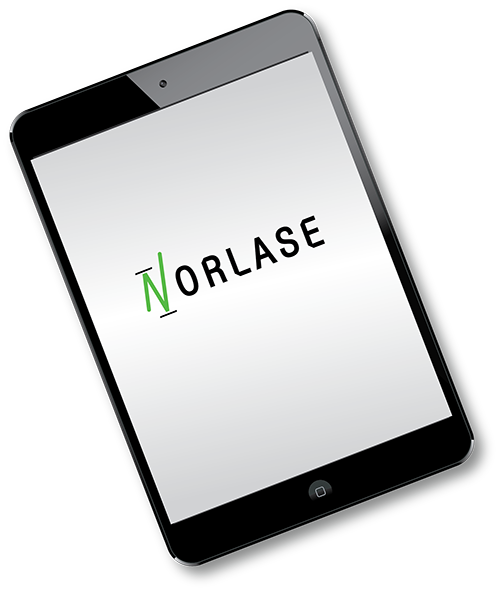
DIDN’T FIND WHAT YOU’RE LOOKING FOR?
Let us know how we can help!
DIDN’T FIND WHAT YOU
WERE LOOKING FOR?
Let us know how we can help!
